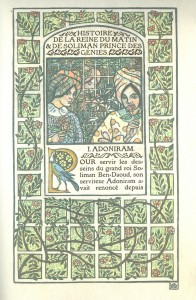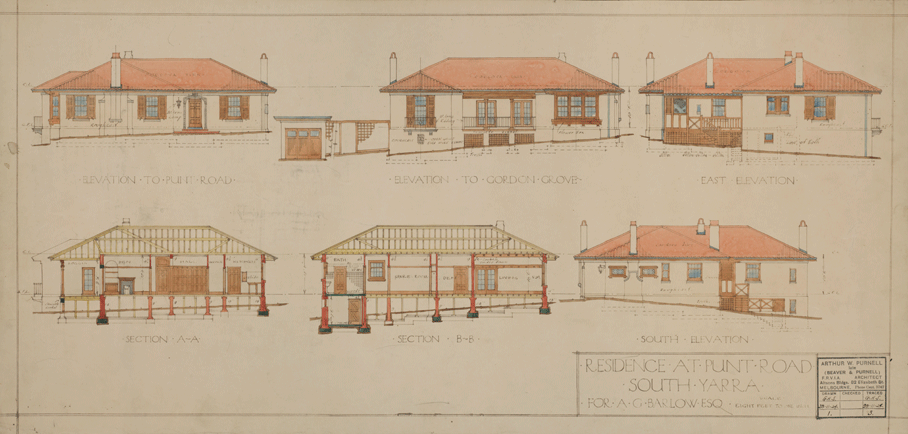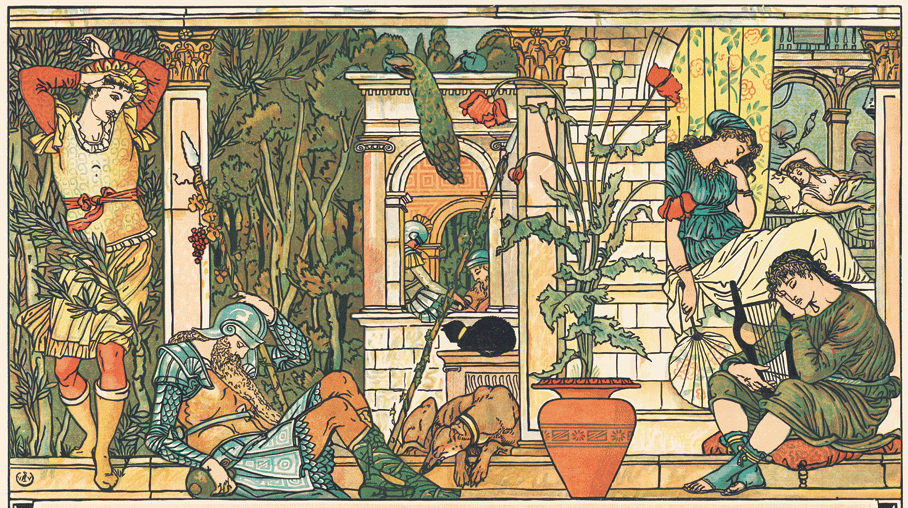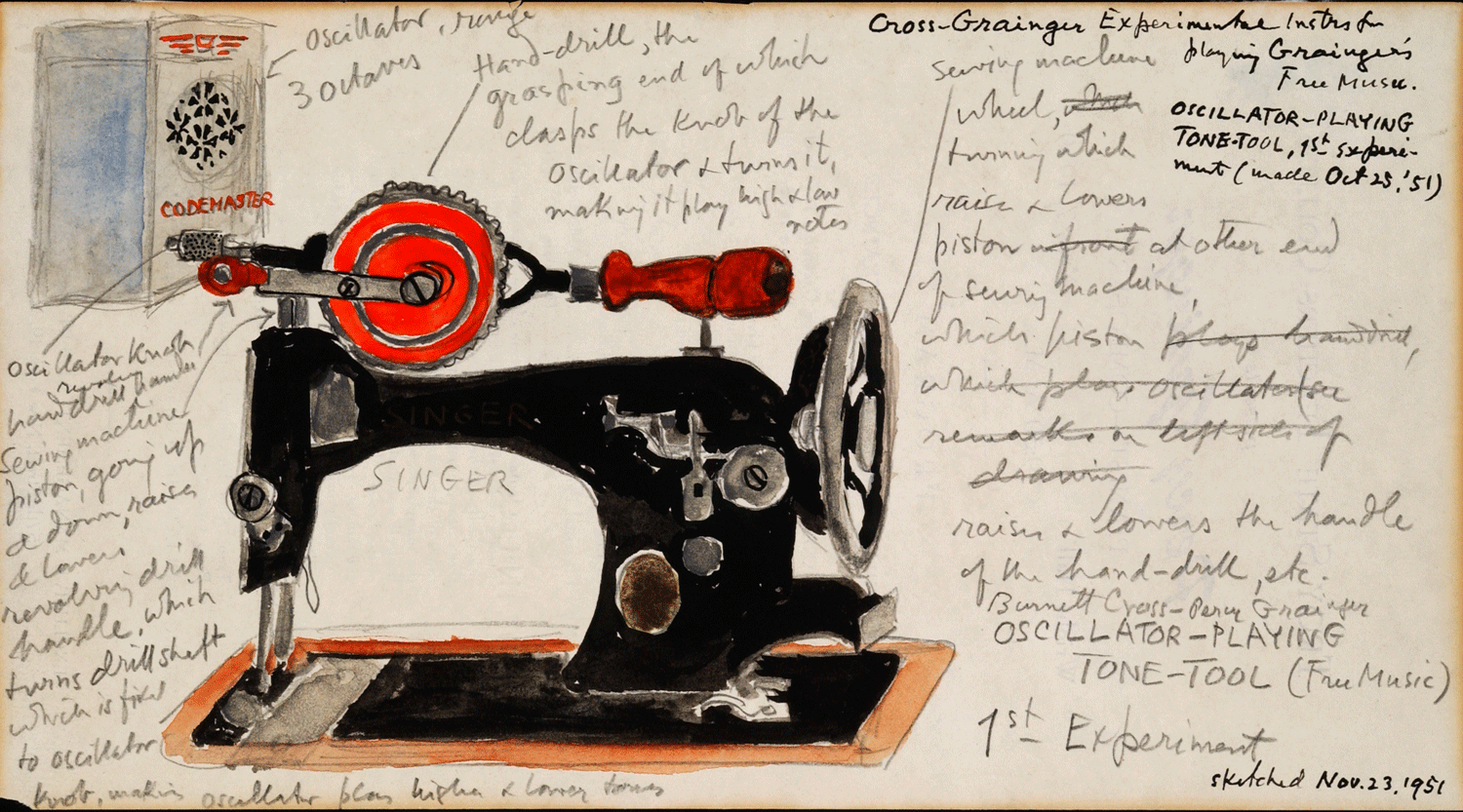Beautiful Manuscripts from the Rare Music Collection
The Rare Collections of the Louise Hanson-Dyer Music Library consist of manuscripts (mainly works by Australian composers from the colonial period to the present day) and printed scores and parts from the 17th century onwards, which are the major part of the collection, including many early and rare editions of European composers. For more information see www.lib.unimelb.edu.au/collections/music/rare/index.html.
Pictured: Arcangelo Corelli, Trio Sonatas, Op.3 (partbook, 1689), title page and p. 7, Louise Hanson-Dyer Music Library, University of Melbourne.






